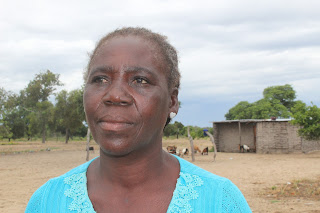If empowered appropriately, women
hold the key to improving food and nutrition in Zambia. According to the Food
and Agriculture Organization (FAO) women constitute 64% of the rural population
in Zambia, and 80% of food producers.
The food sovereignty and plant
genetic resources (PGRs) of a country is in the hands of women because of the
role they play in the home primarily as ‘head chef’ and nutritionist. PGRs are an
important component of agricultural biodiversity and are the foundation upon
which food security rests.
Mr. Masiye Tembo from the National
Plant Genetic Resource Centre (NPGRC)
located at the Zambia Agricultural Research Institute(ZARI), defines PGRs as the
raw material that are used in modern
plant breeding which enables plant breeders to develop varieties that adapt to
different environments and respond to emerging changes such as climate change.
“The success of the transformation
agenda of the agricultural sector to play its role as one of the key drivers of
economic growth is primarily dependent on how well plant genetic resources are
managed and utilized,” Mr. Tembo said.
PGRs consist of a diversity of
genetic material contained in traditional varieties and modern cultivars grown
by farmers







